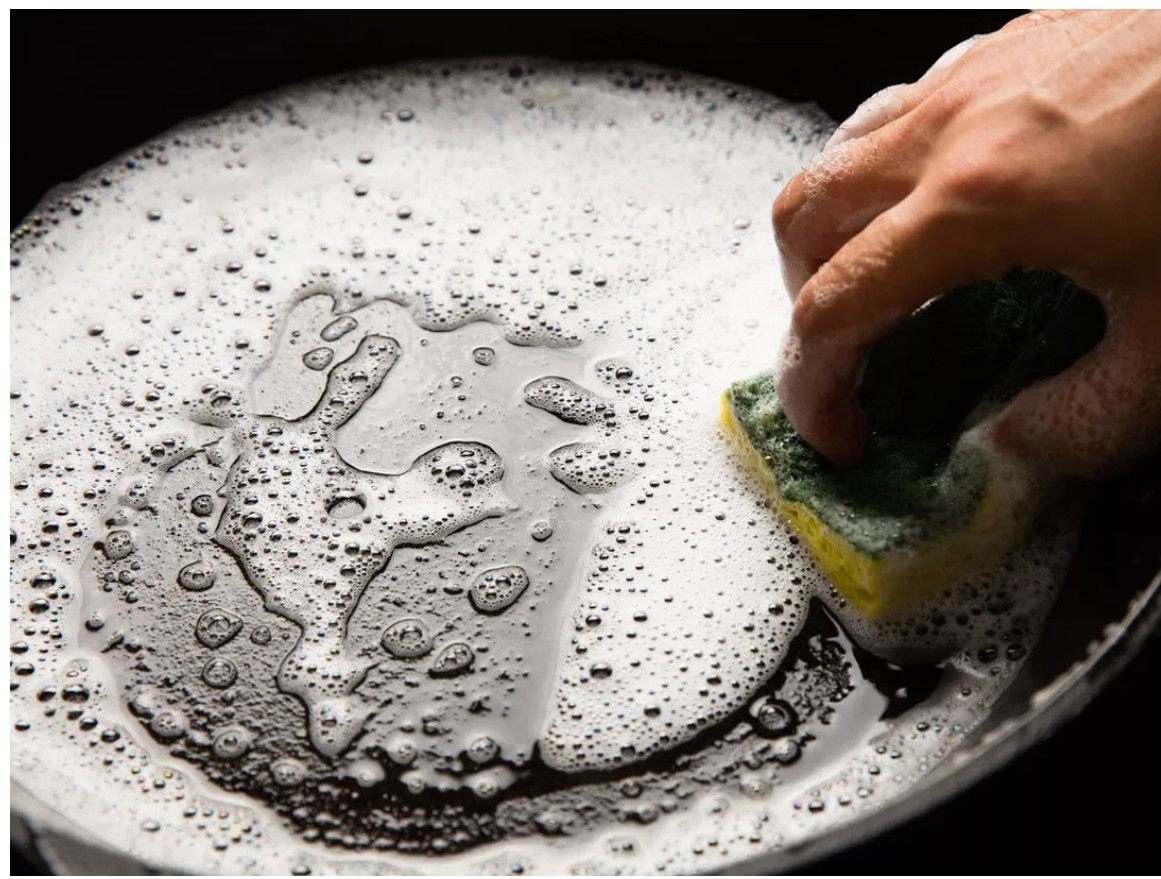- 150m Southwards, West DingWei Road, Nanlou Village, Changan Town, GaoCheng Area, Shijiazhuang, HeBei, China
- monica@foundryasia.com
Dec . 11, 2024 02:27 Back to list
Ultimate Guide to Seasoning Your Cast Iron Skillet for Perfect Cooking Results
Best Cast Iron Skillet Seasoning Techniques
Cast iron skillets are treasured kitchen tools, known for their durability, heat retention, and versatility. However, to fully harness their potential, proper seasoning is essential. Seasoning not only enhances the skillet's non-stick capabilities but also protects it from rust and corrosion. In this article, we'll explore the best methods to season your cast iron skillet effectively, particularly when using your oven.
What is Seasoning?
Seasoning is the process of applying a layer of oil to the surface of cast iron cookware and then heating it to create a natural, non-stick coating. This layer of polymerized oil protects the iron from moisture and contributes to the skillet's performance. Over time, a well-seasoned skillet can develop a rich, dark patina that is both beautiful and functional.
Choosing the Right Oil
The first step in seasoning your cast iron skillet is selecting the right oil. You want an oil that has a high smoke point and good polymerization properties. Some popular choices include
- Flaxseed Oil Known for its ability to create a hard, durable layer, flaxseed oil is a favorite among many cast iron enthusiasts. - Grapeseed Oil With a high smoke point and neutral flavor, grapeseed oil works well for seasoning. - Vegetable Oil A common, budget-friendly option, vegetable oil can also yield good results. - Canola Oil Similar to vegetable oil, canola oil is versatile and readily available.
Avoid using oils with low smoke points, like olive oil or butter, as they can become sticky and create an undesirable finish.
The Seasoning Process
1. Clean Your Skillet Begin with a clean skillet. If it has any stuck-on food or rust, scrub it with a mix of salt and water or a steel wool pad. Rinse and dry thoroughly.
best cast iron skillet seasoning oven

2. Apply the Oil Using a paper towel or cloth, apply a thin layer of your chosen oil to the entire surface of the skillet, including the inside, outside, and handle. Make sure to remove any excess oil, as too much can lead to a sticky surface.
3. Preheat the Oven Set your oven to 450°F (232°C). This high temperature helps the oil to polymerize effectively.
4. Bake the Skillet Place the skillet upside down on the middle rack of your oven. To catch any drips, you might want to place a baking sheet or aluminum foil on the rack below. Bake the skillet for one hour.
5. Let it Cool After the hour is up, turn off the oven and allow the skillet to cool inside. This gradual cooling helps the seasoning to bond more effectively.
6. Repeat if Necessary For a stronger seasoning layer, repeat the oil application and baking process 2-3 times.
Maintenance Tips
To maintain the seasoning of your cast iron skillet
- Avoid Harsh Detergents When washing your skillet, use minimal soap or, preferably, just hot water. A scrub brush or sponge is usually sufficient. - Dry Immediately After washing, dry the skillet immediately with a cloth or on low heat on the stove to prevent rust. - Reapply Oil After cleaning, if the surface looks dull, apply a light coating of oil before storing.
Conclusion
Seasoning a cast iron skillet using the oven method is a straightforward process that yields superb results. With the right oil, a proper technique, and routine maintenance, your cast iron skillet can last a lifetime, improving with each use. Embrace the beauty of cast iron cooking, and enjoy the delicious meals prepared in your well-seasoned skillet!
-
Best Cast Iron Frying Pan for Induction Cooktop – Durable & Non-Stick Skillet Supplier
NewsJul.08,2025
-
Best Cast Iron Skillet Quality High Performance Cookware for Grill, Pizza, & Stir-Fry
NewsJul.08,2025
-
Premium Cast Iron Pan Set – Durable, Nonstick & Versatile Cookware for All Kitchens
NewsJul.08,2025
-
Blue Cast Iron Dutch Oven – Premium Enamel Cookware for Kitchen & Baking
NewsJul.07,2025
-
Best Enamel Dutch Oven for Bread - White Enamel Cast Iron Dutch Oven Service & Pricelist
NewsJul.07,2025
-
3.5 Qt Enameled Cast Iron Dutch Oven – Durable, Versatile & Stylish Cookware for Every Kitchen
NewsJul.07,2025